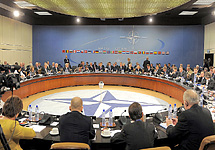
Changes to NATO’s defense posture are likely to involve a strengthening of its conventional, rather than nuclear deterrent.
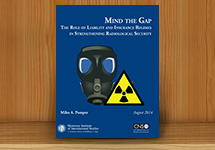
There are insufficient legal and financial incentives to protect high-risk radiological sources from terrorists.
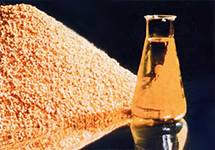
Recommendations to achieve the goal, a legacy of the Nuclear Security Summit process begun by President Obama.
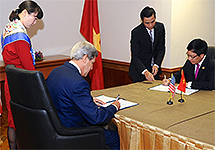
New nuclear cooperation agreement with Vietnam may not be perfect, but it is progress.
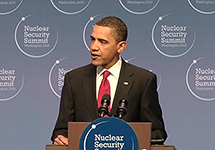
53 national leaders met in The Hague for the 2014 Nuclear Security Summit. Are we safer?
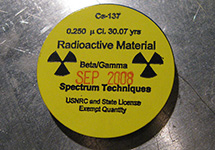
Occasional Paper #19: Sustainably preventing terrorism means finding substitutes for high-risk radiological sources, such as cesium chloride in blood irradiators.
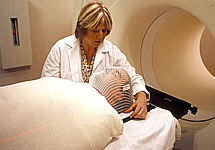
The US and Russia don’t have to use weapons-uranium for civil purposes. CNS Senior Researcher Miles Pomper explains how.
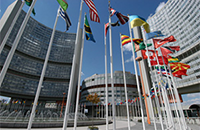
Experts prepared Fact Sheets on the issues facing member states.
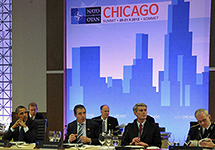
NATO’s Deterrence and Defense Posture Review (DDPR) fails to resolve the issues of nuclear weapons deployed in Europe.
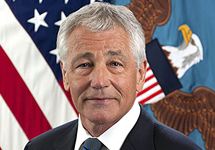
A decision to cancel a controversial interceptor is unlikely to overcome the missile defense obstacles that have stalled US-Russian arms control.